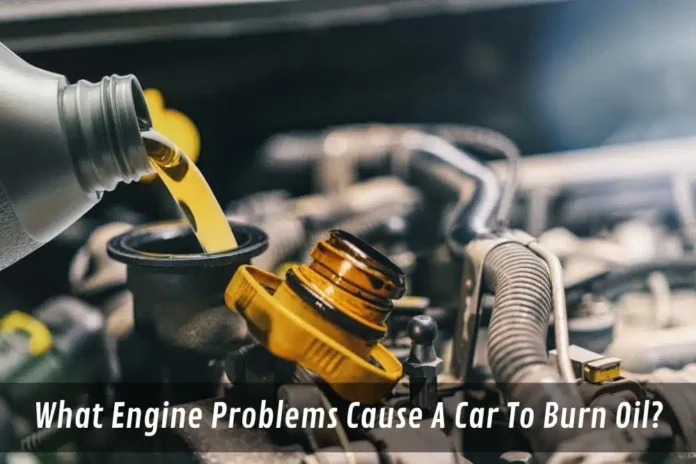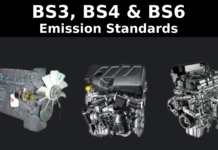If you’ve noticed that your car burning oil causes faster than usual, leaving you constantly refilling between oil changes, it’s a sign of an underlying problem. While some oil consumption is normal, excessive burning can lead to reduced engine efficiency, increased emissions, and potential long-term damage. Ignoring it may result in costly repairs or even complete engine failure. Several factors can contribute to oil loss, including worn piston rings, leaking valve seals, clogged PCV systems, or internal engine damage. Some issues are minor and easily fixable, while others require professional intervention.
Here Are the Top Causes and Fixes for Car Burning Oil
01. Worn Piston Rings and Cylinders
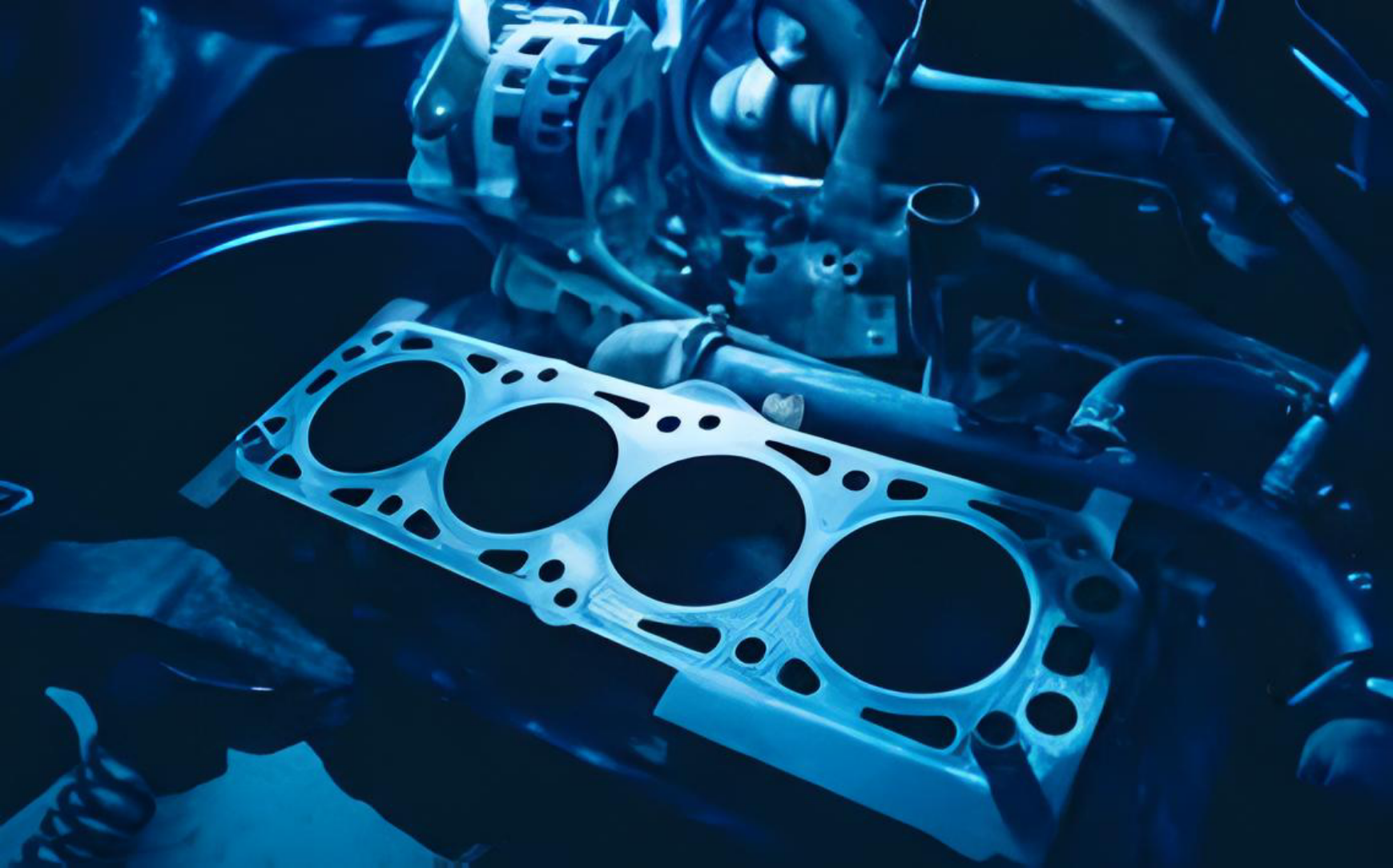
Seeing blue smoke trailing behind you? Worn piston rings or cylinders could be the culprits. These unsung heroes seal the combustion chamber, keeping oil safely in the crankcase. But after years of heat and friction, they can crack, wear thin, or lose their grip. When that happens, oil sneaks past into the combustion zone, burning up with the fuel and puffing out as exhaust smoke. Cylinders aren’t immune either scratches or wear from skimpy lubrication or grit can widen gaps, letting oil slip through like a leaky pipe. You might smell that faint burnt oil scent too. Stick to regular oil changes with quality stuff to slow this down, but once they’re shot, a mechanic’s your next stop. A quick compression test can catch it before you’re facing an engine overhaul.
02. Valve Seal Failures
Valve seals might be small, but they’re mighty until they’re not. They stop oil from dripping down valve stems into the combustion chamber. Over time, heat, age, or cheap oil can make them brittle, cracked, or just plain useless. When they fail, oil seeps through, burns up, and sends blue smoke out your tailpipe especially noticeable at startup or when you ease off the gas. I’ve seen cars look like fog machines from this Keep seals in check with routine maintenance and the right oil grade. If they’re toast a can replace them, but act fast burnt oil can gum up spark plugs and make a mess. Don’t let this tiny part turn into a big headache.
03. PCV System Malfunction
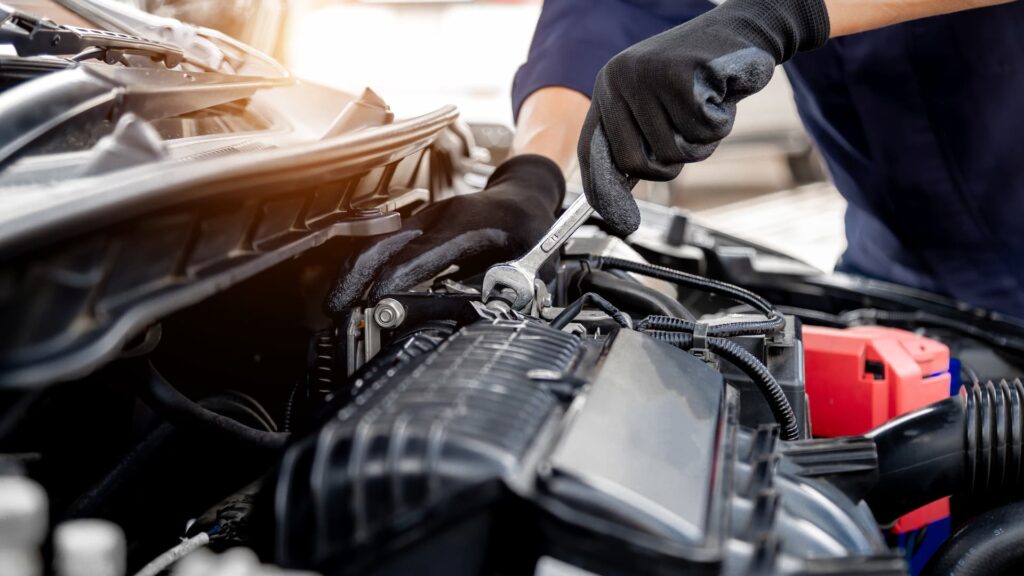
The Positive Crankcase Ventilation (PCV) system is your engine’s green machine, recycling crankcase gases back to burn. But when it glitches say, a clogged valve or busted hose pressure builds up inside. That extra push forces oil past seals and into the combustion chamber, where it burns and escapes as smoky exhaust. A stuck PCV valve is a cheap fix swap it every 30,000 miles or so, and you might dodge this entirely. I’ve seen a 15 part save engines from major grief Check the hoses too cracks can sneak up on you. Keep this system humming, and you’ll cut oil burning and keep performance tight.
04. Head Gasket Failures
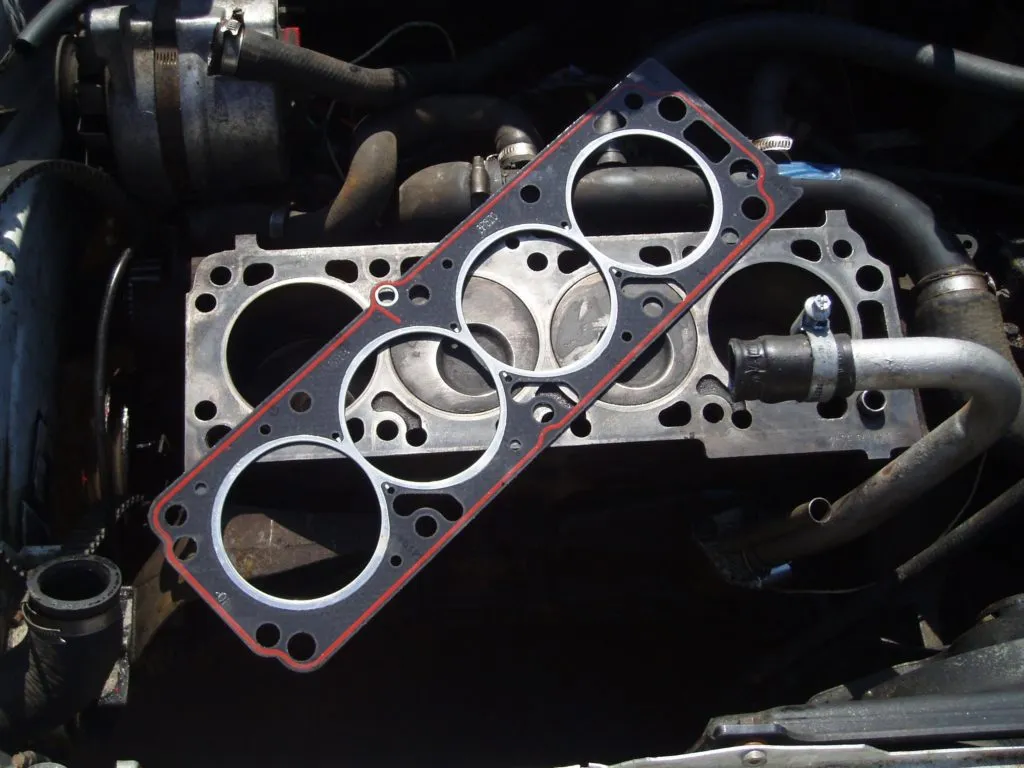
A blown head gasket is bad news like a crack in your engine’s foundation. It seals the block and cylinder head, keeping oil, coolant, and combustion separate. When it blows maybe from overheating or just old age oil can leak into the combustion chamber, burning up and pumping out white or blue smoke. Look for coolant in your oil (that frothy mess) or steam from the hood too. This isn’t a quick patch replacing it’s a big for. I’ve seen drivers push their luck, only to cook their engine beyond repair. Watch your temp gauge and cooling system to avoid this. Catch it early, and you might save your ride from the scrapyard.
05. Turbocharger Issues
Turbo charger boost It’s awesome until it starts burning oil. Turbochargers need a steady oil flow and stay cool, but worn seals or bearings can let oil leak into the exhaust side, where it burns and billows out as blue smoke. Poor upkeep like dirty oil or shutting off a hot turbo too fast can fry those seals. Let your engine idle a minute after a hard run to cool it down I’ve seen this trick save turbos Use the right oil and change it on schedule to keep it happy. If smoke kicks up after a boost, get it checked turbo repairs aren’t cheap, but they beat a full replacement.
06. Using the Wrong Oil
Pouring in the wrong oil is like giving your car the wrong fuel it’ll complain eventually. Every engine’s picky about viscosity and type, listed in your manual. Too thin, and it slips past seals, burning up fast. Too thick, and it clogs, wearing parts and sneaking into the combustion chamber car burning oil causes. I’ve heard of folks grabbing bargain oil, only to see smoke and low levels weeks later. Stick to the spec like 5W-30 synthetic if that’s the call and go for quality. Check your oil cap or manual, and don’t wing it your engine’s too finicky for guesswork.
07. High Mileage and Engine Wear
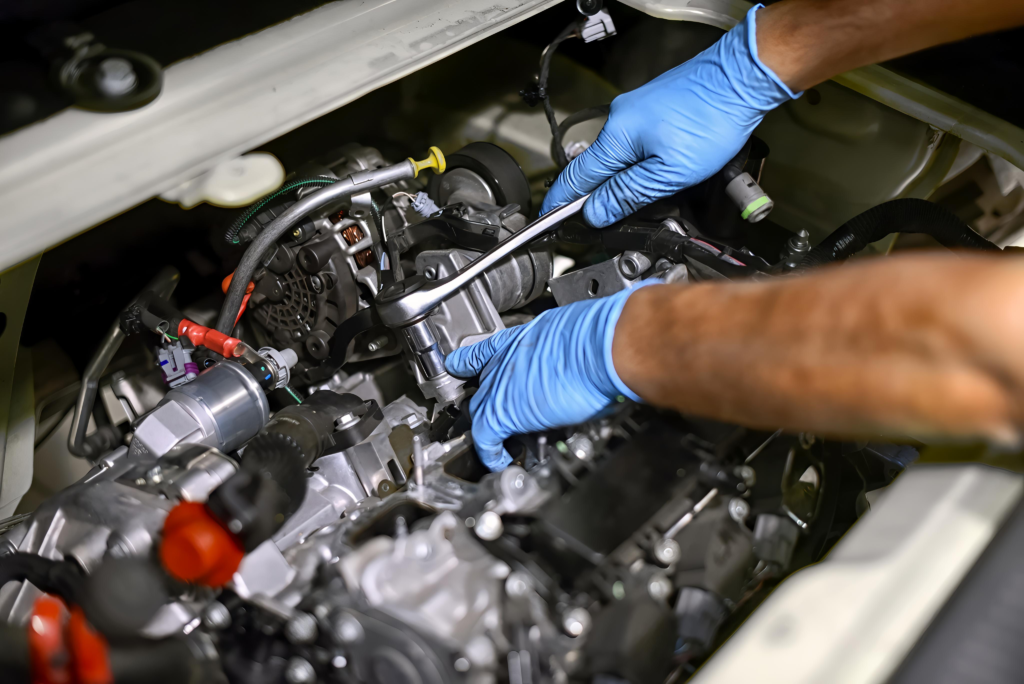
High-mileage cars are battle-tested, but they show. Past 100,000 miles, gaps widen between parts, seals soften, and oil starts slipping into the combustion chamber. Years of sludge can clog things too, making oil burning worse. It’s your engine’s telling you it’s tired. Switch to high-mileage oil with seal conditioners it’s like a tune-up in a bottle. I’ve seen it slash oil use in older rides Keep up with cleanings and watch for smoke or dips in the dipstick. If it’s chronic, a mechanic can spot the weak links sometimes a fix beats a new car cost.
08. Driving Habits and Conditions
Driving style can crank up oil burning too. Short hops that don’t warm the engine leave sludge and moisture behind, wearing seals and boosting oil loss. Flooring it or idling in traffic stresses parts, opening gaps over time. Extreme conditions scorching heat, freezing cold, or dusty roads hit oil hard too. Synthetic oil shines here, holding up better than conventional. Ease off the gas, let it warm up, and stick to a maintenance routine. Your engine will reward you with less smoke and more miles.
Conclusion
Experiencing car burning oil causes more than just an inconvenience it signals potential engine trouble that requires immediate attention. While some oil consumption is normal, excessive loss often points to underlying mechanical issues such as worn piston rings, leaking valve seals, a faulty PCV system, or internal engine wear. These problems disrupt proper lubrication, leading to overheating, increased friction, and accelerated engine deterioration. If left unchecked, car burning oil causes serious consequences like higher fuel consumption, reduced performance, increased emissions, and costly repairs in extreme cases, even complete engine failure. Additionally, symptoms like blue exhaust smoke, a burning oil smell, and low oil levels between changes indicate that your engine is struggling.


